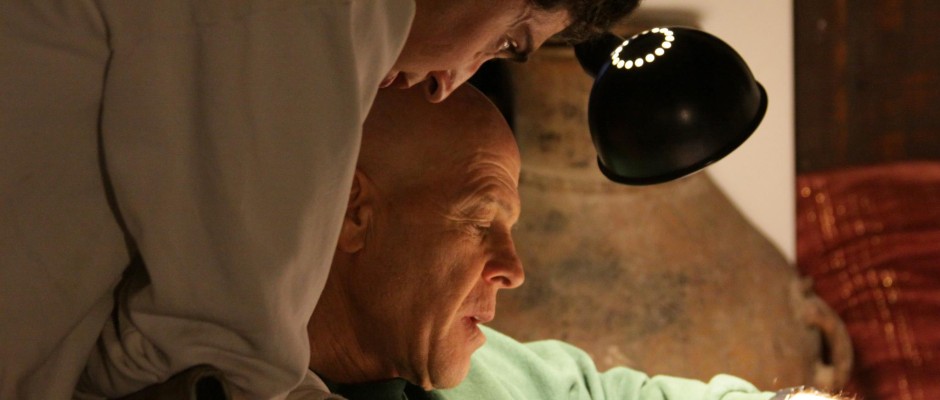The Haredi’s singular costume is made complete by a special belt, which is meant to “interpose” (chatzitza) between that which lies above it, and that which lies below.
Written By Prof. Gideon Aran
The Hassidim in particular place emphasis on a sash, known in Yiddish as a “gartel” (sometimes the gartel signifies a social sub-category, such as with the Gur Hassidim, where only married men wear one). There are those that are very wide and made of rough or golden silk, and others made of black shiny thread, with a thickening of the material towards their tapering ends for decoration. This girdel is worn during prayer, and on the Sabbath and festivals, as part of a more elegant and expensive costume.
Special attention is paid to tightening the waistband and strengthening its knot before prayer in order to guarantee that inappropriate “alien thoughts” and all sorts of negative influences will not slip through from lower bodily regions to higher areas, thus polluting the heart’s intentions and corrupting the words in one’s mouth, thereby damaging their heavenly holiness. The distancing and neutralizing of all evil that is in the body and that concentrates in its lower parts is reflected in Haredi humor, which mocks others but contains self-directed irony too: in the alleys of Meah She’arim and Bnei Brak, jokes circulate that the gartel is a Jewish variation of the masculine chastity belt.
Taken from “Denial Does Not Make The Haredi Body Go Away Ethnography of a Disappearing (?) Jewish Phenomenon”, By Gideon Aran.


